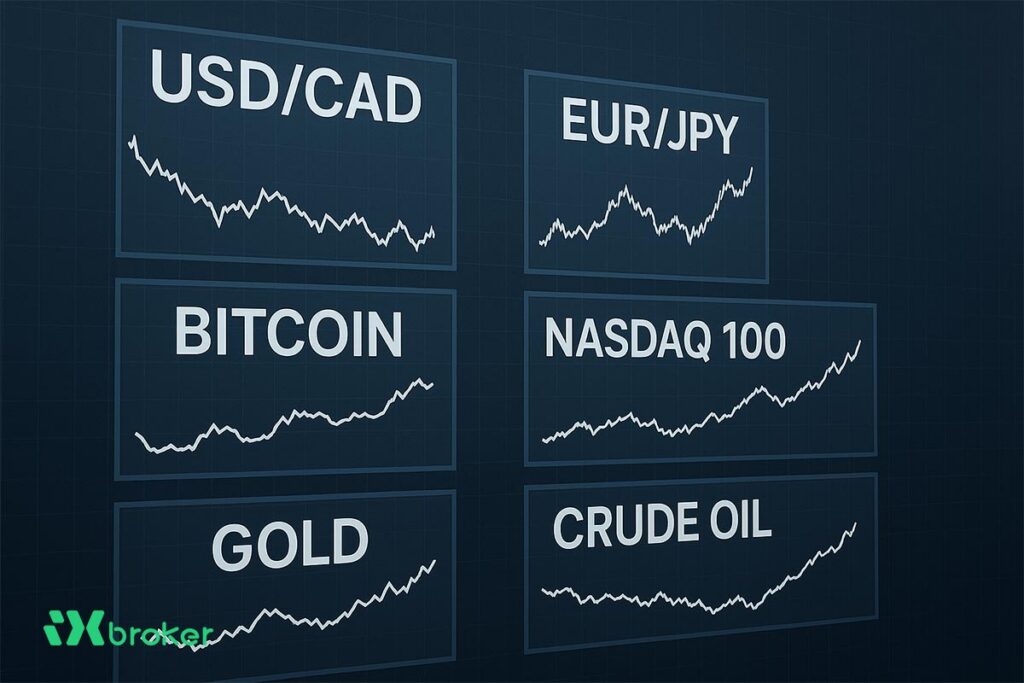The GBP/USD pair remained under pressure for a fourth consecutive session on Wednesday, trading around 1.3380 during the Asian hours. The British Pound (GBP) continues to struggle ahead of the United Kingdom’s (UK) September Consumer Price Index (CPI) and Retail Price Index (RPI) reports, both of which could influence expectations for the Bank of England’s (BoE) next policy move.
Sterling’s weakness deepened after data showed that the UK government borrowed £7.2 billion more than expected in the first half of the fiscal year, pushing the budget deficit to £99.8 billion, well above the Office for Budget Responsibility’s (OBR) forecast of £92.6 billion. The surge was largely driven by a 66% jump in debt interest payments to £9.7 billion in September—marking the highest level on record for the month.
However, the downside in GBP/USD may be limited, as the US Dollar (USD) struggles to maintain momentum amid growing concerns over the ongoing US government shutdown and possible delays in critical economic data releases, including Nonfarm Payrolls (NFP).
The prolonged shutdown, now entering its fourth week, has intensified uncertainty for financial markets and complicated policy assessments for the Federal Reserve (Fed).
The US Senate failed once again on Monday—for the 11th time—to pass a House-approved funding measure, in a 50–43 vote that fell largely along party lines. This marks the third-longest government funding lapse in modern US history.
Meanwhile, expectations for further Fed rate cuts remain firmly priced in. According to a Reuters poll, 115 of 117 economists forecast a 25 basis-point reduction at the October 29 policy meeting, bringing rates down to 3.75%–4.00%. For the remainder of the year, 83 economists anticipate two additional cuts, while 32 expect just one.
Overall, GBP/USD remains vulnerable ahead of the UK’s inflation data, which could determine whether the BoE maintains its cautious stance or signals a more hawkish tone in response to persistent price pressures.



